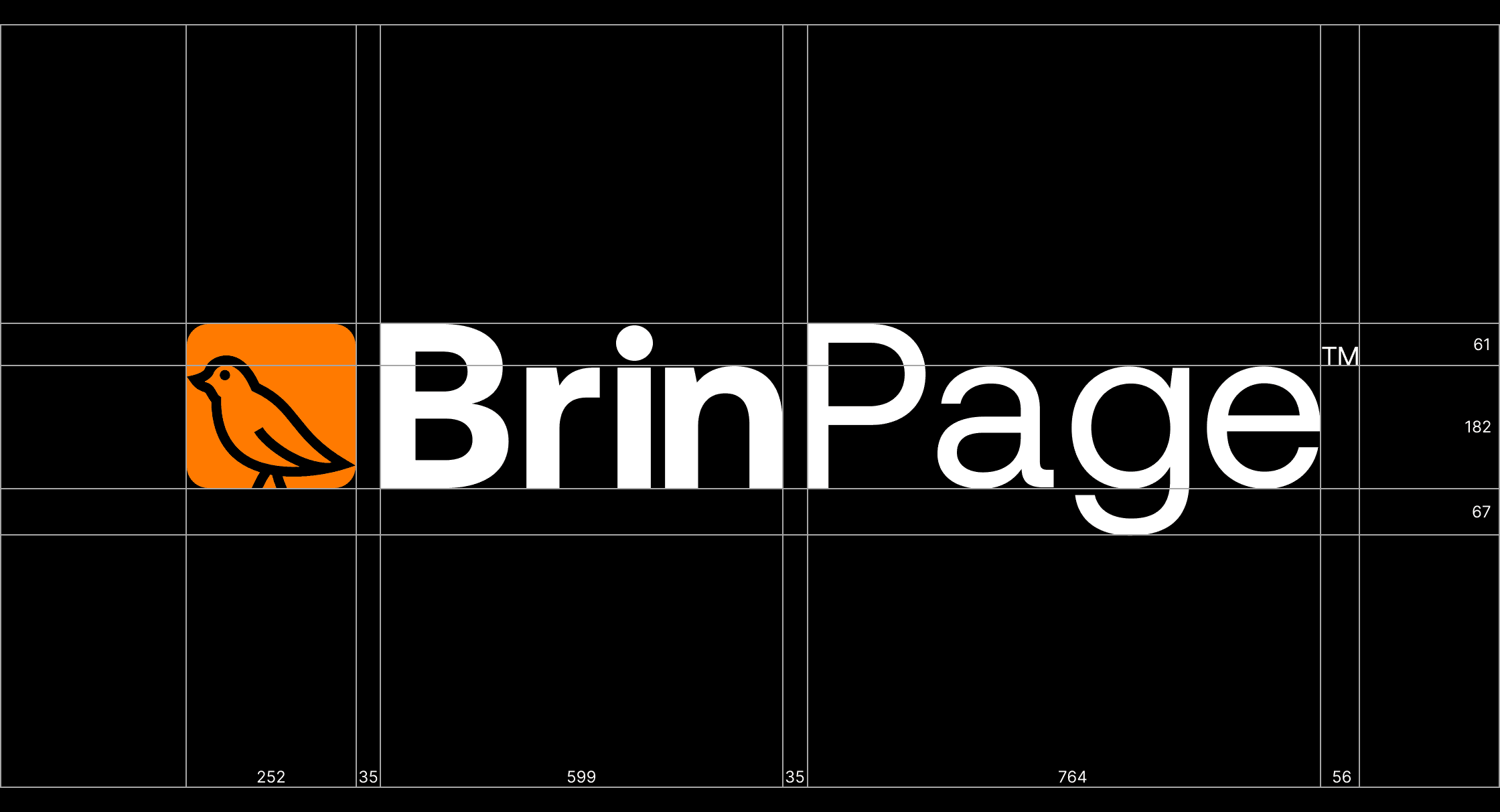The stapler did not evolve from earlier tools or a long design tradition. It appeared as a new object, invented specifically to solve the problem of fastening sheets of paper. Its design was not derived from precedent but from necessity, which makes it unusual compared to most objects that exist today.

At the intersection of design and computation lies a unique aesthetic and conceptual legacy. The early era of personal computing — characterized by structured interfaces, visual restraint, and utilitarian clarity — continues to influence software, product, and system design to this day.
Rather than being just tools, digital systems have increasingly been treated as mediums for thought, enabling the structuring of ideas, workflows, and experiences. This shift has brought about a design philosophy where clarity, intention, and simplicity define quality and impact.

The name BrinPage is a reference to the foundational work of Sergey Brin and Larry Page, co-founders of Google.
Their early research and development focused on long-term relevance, data structures, and scalability — not trends. Their contributions established the blueprint for information indexing and web infrastructure at global scale, influencing generations of engineers and technologists.

Steve Jobs advocated for technology that served clarity, intent, and user focus. His approach prioritized functional simplicity — removing unnecessary friction to create more intuitive experiences.
Under his leadership, design and engineering were closely aligned to achieve products that felt inevitable in their form. His influence shaped how software and hardware could become invisible facilitators of thought and action.

Alan Kay is widely regarded as one of the founding figures of modern computing. His work on the Dynabook concept and object-oriented programming laid the foundation for personal and educational computing as we know it.
Beyond his technical achievements, Kay consistently advocated for computers as dynamic mediums to think with — tools designed to amplify learning, creativity, and cognitive development. His ideas continue to influence the design of educational technology, software environments, and user interfaces worldwide.

The best way to predict the future is to create it
Virgil Abloh redefined the boundaries of design by merging architecture, fashion, music, and branding into a single cultural language. As the founder of Off-White and artistic director at Louis Vuitton, he introduced a new visual vocabulary grounded in concept, not just aesthetics.
His use of quotation marks, industrial motifs, and remix culture challenged conventions of authorship and originality. Abloh’s widely known “3% rule” — the idea that small, intentional changes can transform perception — has had lasting impact on product design, branding, and visual communication.



By navigating spaces from streetwear to museums, Abloh challenged the boundaries of creative legitimacy. His interdisciplinary approach emphasized the role of context, language, and cultural codes in the making of contemporary design.



Takashi Murakami is a Japanese artist known for blending fine art and commercial culture. Through his “superflat” theory, he critiques consumerism, postwar identity, and the collapse of high and low cultural distinctions in contemporary Japan.
His work draws from anime, manga, and traditional nihonga painting, combining vibrant color with subtle commentary. Murakami’s global exhibitions and collaborations with brands like Louis Vuitton have positioned him as a central figure in discussions around art, commerce, and cultural hybridity.


